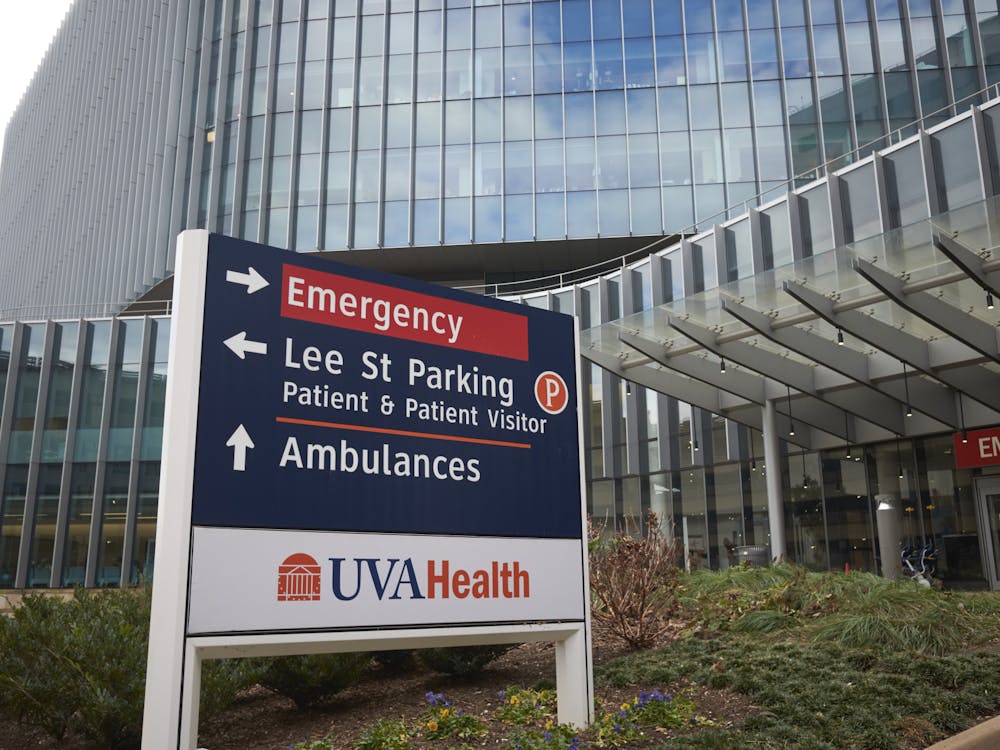This time of year, the increase in the number of sick people sneezing their way through lecture is noticeable, to say the least. As the flu season — which peaks in the winter — moves into full swing, students likely find themselves wondering:
“How common is the flu, and how can one reduce their risk of contracting it?”
As of Feb. 4, 72 students have been diagnosed with the flu this season, according to Sandra Murray, associate director of administration and director of nursing at Student Health. The Centers for Disease Control and Prevention, meanwhile, released a Weekly Influenza Summary Update on Jan. 25 that noted influenza is widespread both in Virginia and across the United States. “Widespread” refers to outbreaks or increases in influenza, or related illnesses, “in at least half the regions of the state,” according to the department of health.
Murray and Student Health advise all students to get a flu shot, the most effective method of flu protection, Murray said. Though antiviral drugs can be taken to treat the flu, they are not typically the primary line of defense and can only be taken by those who have been previously infected. The CDC also strongly advises high-risk individuals receive the vaccine — a category that includes pregnant women, the elderly and people with asthma, lung disease and diabetes.
“So a flu shot will guarantee protection against the flu?”
No. Although vaccination greatly reduces one’s chances of getting the flu, infection remains a possibility. In general, the CDC says receiving a flu shot will reduce a person’s likelihood of contraction by more than 60 percent, though this number varies from year to year.
Meredith Hayden, interim director of general medicine at Student Health, says strains evolve over time, so exposure to a new strain not protected against by the vaccine could cause someone to get the flu. This is the reason people need to get a new flu shot every year.
Because the vaccine takes two weeks to become effective, those not yet vaccinated are advised to do so as soon as possible. According to the CDC, February has consistently been flu season’s peak month for the past 30 years. Overall, flu season can run from as early as October to as late as May, depending on the year.
“How does one get a flu shot?”
There are a number of on-Grounds options. Student Health provides flu shots to students for $25 at their Immunization Clinic. An appointment can be booked online through HealthyHoos.
“How many people get flu shots?”
Murray said 3,124 students have already received a flu shot through the clinic or directly from Student Health this season, and many more likely received their shot from local pharmacies, retail stores or doctor’s offices. The CDC reports by November, 40 percent of Americans aged six months or older had been vaccinated, up three percent from last year.
The vaccine prevented an estimated 6.6 million people from influenza infection last year — the highest since the CDC began measuring in 2006. Since flu season is still underway, numbers for the present season are still in flux.





